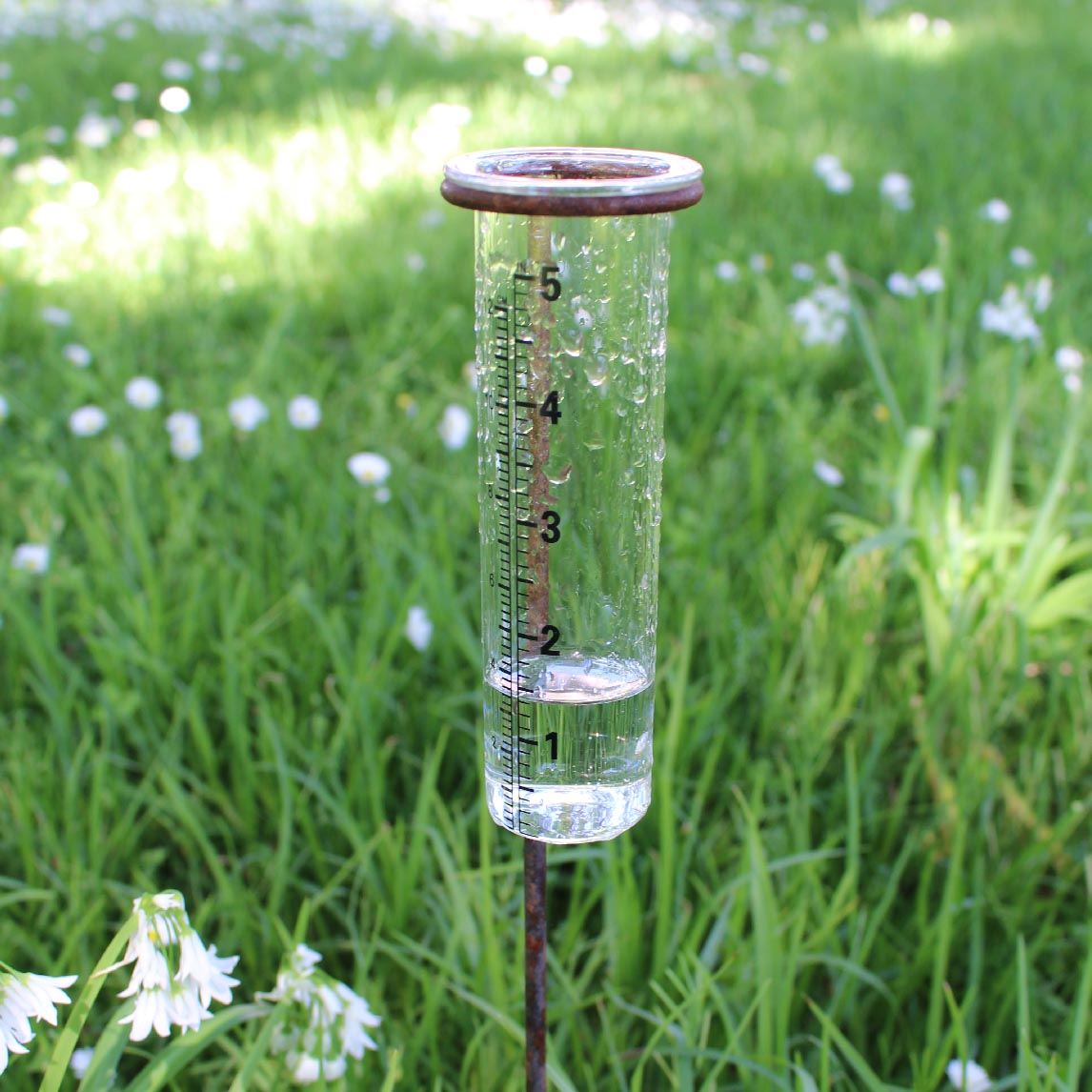How a Rain Gauge Can Enhance Your Recognizing of Local Environment Patterns
Revealing the Scientific Research Behind Rain Gauges: Exactly How These Gadgets Play a Crucial Function in Environment Research and Ecological Tracking
Rain determines, apparently straightforward tools, hold a profound value in the realm of climate research and environmental monitoring. These simple tools quietly accumulate one of nature's most necessary aspects-- rains. Behind their unpretentious facade lies a complex science that is crucial for understanding the dynamics of our setting. As we peel off back the layers of this scientific veil surrounding rain assesses, we discover a world where accuracy, information precision, and careful observation assemble to introduce a much deeper understanding of our transforming environment and its influence on the earth.
Significance of Rain Gauges
Rain gauges play a vital function in tracking and determining precipitation levels, providing important data for climate research and evaluation. These tools are essential in quantifying the quantity of rains that takes place in a details location over a particular period. By gauging and gathering rainwater, rain determines offer important insights into the circulation and strength of precipitation, aiding meteorologists, hydrologists, and climatologists in comprehending climate patterns and patterns.
Furthermore, long-lasting information collected from rain evaluates assists in assessing environment modification impacts and patterns, contributing substantially to clinical study and decision-making procedures. In essence, rainfall assesses offer as vital devices in the field of weather forecasting and ecological science, playing an essential role in progressing our understanding of weather condition and climate characteristics.
Kinds Of Rain Gauges

Functionality and Operation
In the world of climate research study and meteorological research studies, the efficiency of rainfall assesses lies in their complex performance and specific operational devices. Rain evaluates are designed to precisely determine the amount of precipitation that falls over a certain location during a collection period.
The functionality of rain gauges is based upon the concept of gathering and determining rain in a standard manner. This gathered data is crucial for recognizing local weather patterns, tracking long-term climate trends, and assessing environmental influences. To ensure exact dimensions, rain gauges demand to be tactically placed in open areas far from blockages such as structures or trees that might hinder the collection procedure.
The functional facet of rain assesses includes routine upkeep to avoid debris buildup, calibration checks to maintain measurement precision, visit here and information taping for analysis (rain gauge). On the whole, the functionality and operation of rain evaluates are important for gathering reputable precipitation information crucial to environment research and environmental tracking
Duty in Climate Research
Offered the important relevance of accurate precipitation dimensions in understanding weather patterns and ecological influences, the duty of rainfall evaluates in climate research is vital. Rainfall determines supply necessary data for environment study by evaluating the amount of precipitation that falls over a particular area during a given period. This data is important for checking long-lasting patterns in rainfall patterns, assessing the effect of climate adjustment on rainfall circulation, and improving environment models.

Climate scientists use information accumulated from rain assesses to analyze variants in rainfall levels, identify regional climate patterns, and assess the performance of water source monitoring methods. By contrasting historic precipitation information with existing dimensions, scientists can find changes in precipitation patterns, such as changes in the regularity or strength of rainfall occasions. This information is vital for comprehending exactly how environment adjustment is influencing precipitation dynamics and can aid policymakers make educated choices regarding adjustment and reduction approaches.
Applications in Environmental Tracking

In flood projecting, rain scale information assists to track rainfall strength and circulation, enabling authorities to issue timely cautions and take essential procedures to alleviate flood dangers (rain gauge). Drought tracking relies upon rain scale data to evaluate wetness levels in the dirt and track precipitation deficits, helping in the identification of drought-prone locations and the execution of dry spell feedback strategies
Additionally, rainfall gauge data plays an important duty in water resource administration by offering info on water accessibility and usage patterns. This data is made use of to make informed choices concerning water allotment, conservation measures, and sustainable water source planning. Additionally, in agriculture, rainfall scale data helps farmers in optimizing irrigation routines, crop selection, and overall farm management methods based upon regional rainfall patterns. Generally, rainfall assesses are important devices in ecological monitoring, providing valuable understandings that add to informed decision-making and sustainable source management.
Verdict
To conclude, rainfall evaluates are vital tools for determining precipitation, offering beneficial data for environment research and ecological tracking. With numerous types and functionalities, rainfall assesses play a critical function in understanding precipitation patterns and their impact on article source the environment. By precisely measuring rainfall, these devices add to the improvement of scientific expertise and aid in making informed choices associated to water resource administration and disaster preparedness.
Rainfall determines play an indispensable duty in surveillance and gauging rainfall levels, supplying important information for environment research and evaluation. The conventional rain gauge, known as the "tipping container" gauge, is one of the most frequently utilized gadgets. Ultrasonic rain gauges use noise waves to find the presence of rain, providing real-time information on precipitation levels.Climate researchers make use of data accumulated from rain evaluates to assess variants in rainfall degrees, identify regional climate fads, and review the performance of water source monitoring techniques.In final thought, rainfall evaluates are necessary devices for determining precipitation, supplying beneficial data for climate research and environmental surveillance.